The Circle Theatre c. 1945. Photo from Toronto Archives, Series 881, File 374
The Circle Theatre at 2567 Yonge Street opened its doors in 1933, on the east side of the street, north of Sherwood, five blocks north of Eglinton Avenue West. The architect of the Circle was Eric Hounsom, who was employed by the architectural firm of H. S. Kaplan and Abraham Sprachman. In later years, Hounsom designed the interior of the University Theatre on Bloor Street West.
Map from Google, 2014.
Similar to most theatres designed by Kaplan and Sprachman, the Circle Theatre was in the Art Deco style, its façade containing strong vertical lines rising above the marquee. Contrasting with the vertical lines, were bold horizontal lines. The cornice was relatively plain, divided into sections of varying heights.
The theatre’s auditorium possessed 750 seats, with a wide centre section, aisles on either side of it, and more rows of seats across from the aisles. There was no balcony. The side walls were sleek and smooth, with horizontal lines. The corners near the stage were curved. There were Art Deco designs on the rear wall and near the stage, with elongated Art Deco lighting fixtures on the side walls.
View of the auditorium of the Circle Theatre from the rear seats. City of Toronto Archives, Series 881, It. 374
View from the stage area of the auditorium of the Circle Theatre. City of Toronto Archives, Series 881, It. 374.
Isometric Drawing of the Circle Theatre in 1933. City of Toronto Archives, Fonds 122, Series 881, File 413. This drawing reveals some of the art deco designs that were in the interior spaces.
Lobby of the Circle Theatre, c. 1945. City of Toronto Archives, Series 881, It.374
In the 1930s, few people owned automobiles, and those who possessed one, tended to drive it only on weekends in an effort to save gasoline. Neighbourhoods bordering Yonge Street, to the east and west of it, were connected by the square-shaped Peter Witt streetcars that rattled along Toronto’s main street. North of Eglinton, the streetcars were the main method of transportation to travel downtown. However, because streetcar tickets were considered expensive, most people preferred to walk to the local theatres rather than journey to the larger movie houses near Yonge and Queen Streets. For those living near Yonge Street, north of Eglinton Avenue, the Circle Theatre was popular as it was within easy walking distance.
From its earliest days, Torontonians had always possessed a strong sense of community. Families lived in a neighbourhood, raised their children and retired in the same houses that they had dwelt in for decades. Neighbours knew each other and chatted with easy familiarity in the local shops or in ticket lines at theatres. They often shared the same butcher, green grocer and mailman. The same milkman and bread man delivered their products to the doors of their homes, where they shared local news and gossip. When people attended the Circle Theatre, it was not unusual for them to recognize several neighbours among those in the audience.
Within the homes, the only sources of entertainment were radios, books, magazines, newspapers and for some, decks of cards. For the children, library books, homework and board games occupied their time. Thus, for adults, a night out at the Circle Theatre was a well-anticipated event and for the children, a Saturday afternoon matinee.
In the years following the Second World War, community life was forever altered. People had more money to spend and purchased automobiles and eventually homes in the suburbs. Telephones allowed people to remain in contact, removing the necessity to live within close proximity to friends and relatives. Many families moved away and others bought their homes. Local theatres became less important in the daily lives of the residents of the communities.
Then, with the advent of television, people stayed home to view programs and movies on TV. Theatres lost much of their appeal. Attendance at local theatres declined, many of them shutting their doors. The Circle Theatre on Yonge Street closed in 1956. The building was demolished and today there is an apartment building on the site.
The author is grateful to cinematreasures.org and lost-toronto.blogspot.com for some of the information contained in this post.
Site of the Circle Theatre, City of Toronto Archives, Series 1278. It. 45
To view the Home Page for this blog: https://tayloronhistory.com/
To view links to other posts placed on this blog about the history of Toronto and its buildings:
https://tayloronhistory.com/2013/10/08/links-to-historic-architecture-of-torontotayloronhistory-com/
To view previous blogs about old movie houses of Toronto—historic and modern
https://tayloronhistory.com/2013/10/09/links-to-toronto-old-movie-housestayloronhistory-com/
Recent publication entitled “Toronto’s Theatres and the Golden Age of the Silver Screen,” by the author of this blog. The publication explores 50 of Toronto’s old theatres and contains over 80 archival photographs of the facades, marquees and interiors of the theatres. It also relates anecdotes and stories from those who experienced these grand old movie houses.
To place an order for this book:
Theatres Included in the Book:
Chapter One – The Early Years—Nickelodeons and the First Theatres in Toronto
Theatorium (Red Mill) Theatre—Toronto’s First Movie Experience and First Permanent Movie Theatre, Auditorium (Avenue, PIckford), Colonial Theatre (the Bay), thePhotodome, Revue Theatre, Picture Palace (Royal George), Big Nickel (National, Rio), Madison Theatre (Midtown, Capri, Eden, Bloor Cinema, Bloor Street Hot Docs), Theatre Without a Name (Pastime, Prince Edward, Fox)
Chapter Two – The Great Movie Palaces – The End of the Nickelodeons
Loew’s Yonge Street (Elgin/Winter Garden), Shea’s Hippodrome, The Allen (Tivoli), Pantages (Imperial, Imperial Six, Ed Mirvish), Loew’s Uptown
Chapter Three – Smaller Theatres in the pre-1920s and 1920s
Oakwood, Broadway, Carlton on Parliament Street, Victory on Yonge Street (Embassy, Astor, Showcase, Federal, New Yorker, Panasonic), Allan’s Danforth (Century, Titania, Music Hall), Parkdale, Alhambra (Baronet, Eve), St. Clair, Standard (Strand, Victory, Golden Harvest), Palace, Bedford (Park), Hudson (Mount Pleasant), Belsize (Crest, Regent), Runnymede
Chapter Four – Theatres During the 1930s, the Great Depression
Grant ,Hollywood, Oriole (Cinema, International Cinema), Eglinton, Casino, Radio City, Paramount, Scarboro, Paradise (Eve’s Paradise), State (Bloordale), Colony, Bellevue (Lux, Elektra, Lido), Kingsway, Pylon (Royal, Golden Princess), Metro
Chapter Five – Theatres in the 1940s – The Second World War and the Post-War Years
University, Odeon Fairlawn, Vaughan, Odeon Danforth, Glendale, Odeon Hyland, Nortown, Willow, Downtown, Odeon Carlton, Donlands, Biltmore, Odeon Humber, Town Cinema
Chapter Six – The 1950s Theatres
Savoy (Coronet), Westwood
Chapter Seven – Cineplex and Multi-screen Complexes
Cineplex Eaton Centre, Cineplex Odeon Varsity, Scotiabank Cineplex, Dundas Square Cineplex, The Bell Lightbox (TIFF)
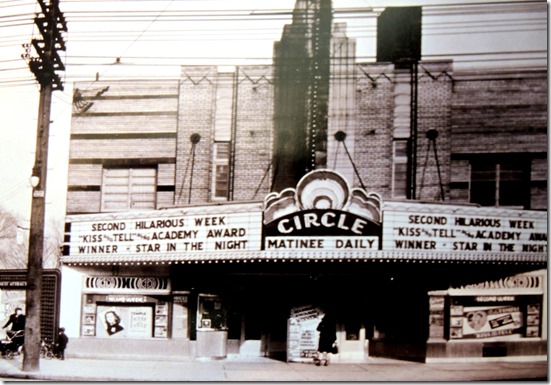
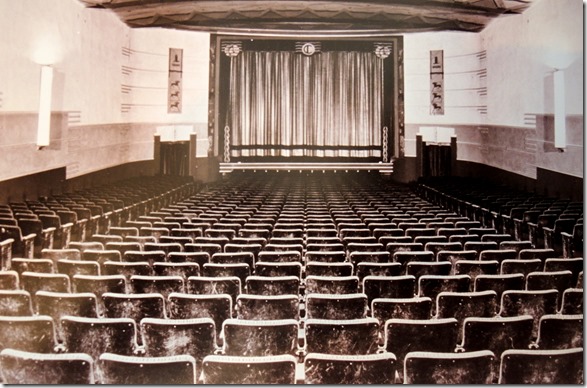
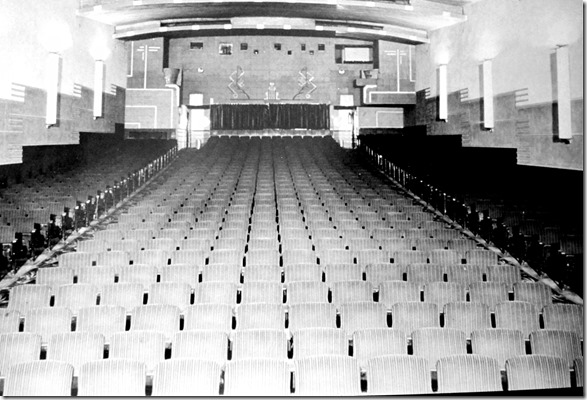
![800px-Circle_Theatre_isometric_drawing_1932[1] - Copy 800px-Circle_Theatre_isometric_drawing_1932[1] - Copy](https://tayloronhistory.com/wp-content/uploads/2014/11/800px-circle_theatre_isometric_drawing_19321-copy_thumb.jpg)
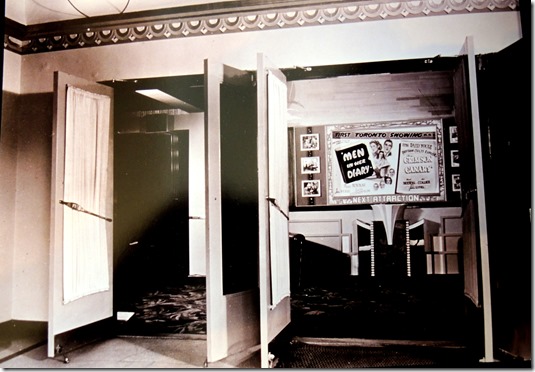
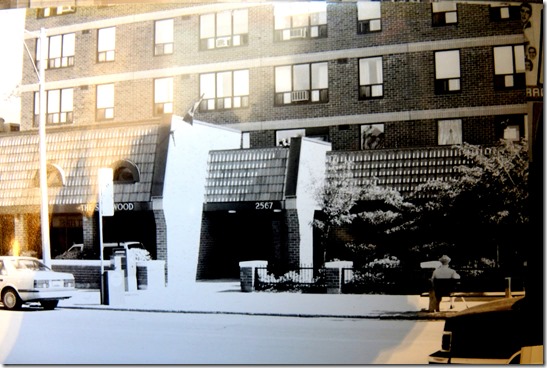
![cid_E474E4F9-11FC-42C9-AAAD-1B66D852[1] cid_E474E4F9-11FC-42C9-AAAD-1B66D852[1]](https://tayloronhistory.com/wp-content/uploads/2014/11/cid_e474e4f9-11fc-42c9-aaad-1b66d8521_thumb.jpg)

